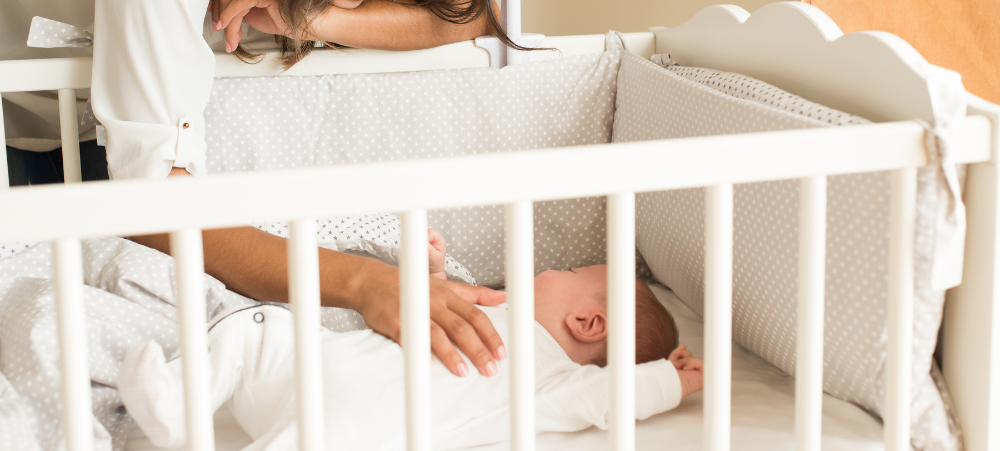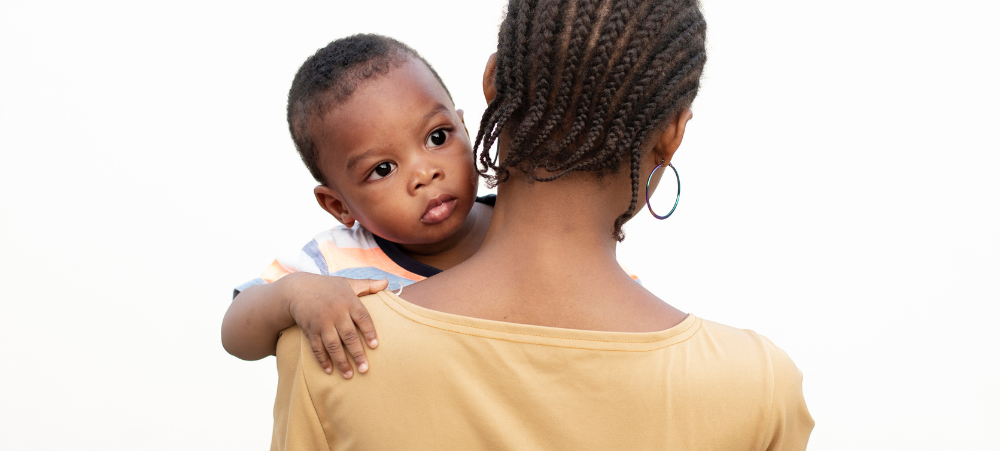Co-sleeping is common in many parts of Africa, including South Africa. Co-sleeping is when parents share a bed with their young infant or child. It is considered as bonding, comforting, and protecting the child, however, co-sleeping may also have risks and challenges, affecting the parents’ sleep quality, intimacy, and independence. Co-sleeping may also vary depending on the family’s preferences, values, beliefs, and circumstances. Co-sleeping was common in Western societies until the 19th century when nuclear families and private bedrooms became popular. Co-sleeping was then associated with poverty and bad parenting and discouraged by society.
Babies can find it hard to sleep without the closeness of a parent and may cry when they’re in a cot. Co-sleeping can make it easier for parents to respond to their baby, settle them more quickly and hopefully get some better-quality sleep at the same time. Older children might be motivated to sleep with their parents because of separation anxiety or when feeling sensitive or vulnerable, such as during the night.
No evidence confirms co-sleeping enhances a better (or worse) emotional attachment compared to those children who sleep separately. While today’s modern paediatricians may recommend room-sharing and discourage bed-sharing, the choice remains with your family, and your cultural and societal customs.
Jake in the Bed
Lisa and Mark had a two-year-old son named Jake, who slept in their bed every night since he was born. They loved the warmth and comfort of co-sleeping but faced some problems. Lisa often had back pain and neck stiffness from sleeping awkwardly to accommodate Jake. Mark often snored loudly, which disturbed Jake’s sleep and made him restless. They also felt that co-sleeping affected their intimacy and relationship, as they had no space or time for each other. They decided to try to transition Jake to his bed in his room, but they faced some difficulty as Jake was now used to sleeping with his parents. He resisted and cried whenever they tried to leave him alone which left Lisa and Mark feeling frustrated and exhausted from the constant struggle.
Max in the Bed
Anna and Ben had a four-month-old son named Max, who slept in a crib beside their bed. They were happy with this arrangement, but they noticed that Max often woke up crying during the night and had trouble falling asleep. They also felt that they missed the closeness and connection with their baby. They decided to try co-sleeping with Max and found that co-sleeping made their nights more manageable and more enjoyable. Max could nurse more frequently and comfortably, which helped him sleep longer and better. Anna and Ben also felt more relaxed and rested, as they did not have to get up and check on Max every time, he made a noise. They also felt that co-sleeping strengthened their bond with Max, as they could cuddle, kiss, and talk to him more often. They enjoyed watching him sleep and wake up with a smile. They continued co-sleeping with Max until he was ready to move to his room.
Co-sleeping is common in many cultures and families, but it has some benefits and drawbacks. Here are some of the pros and cons of co-sleeping with your kids:
Weigh up the facts and set the scene to suit you before it becomes a nightly habit and ensure your best option for harmonious nights and deep, peaceful sleep for everyone.
Pros for Co-Sleeping:
- Co-sleeping may increase your emotional bond and attachment with your baby, as you can cuddle, comfort, and communicate more easily.
- Co-sleeping may make night nursing more accessible and convenient for breastfeeding, as you will not have to get up and go to another room to feed your baby.
- Co-sleeping may help babies and toddlers fall asleep faster and sleep better, as they feel more secure and relaxed near their parents.
Cons for Co-Sleeping:
- Co-sleeping may increase the risk of accidental suffocation, strangulation, or injury to the child, especially if the parents are obese, smoke, drink alcohol, use drugs, or sleep deeply.
- Co-sleeping may interfere with your sleep quality and quantity, as you may be disturbed by the child’s movements, noises, or needs.
- Co-sleeping may affect your intimacy and relationship with your spouse, as you may have less privacy and time.
- Co-sleeping may make it harder for the child to develop independence and self-soothing skills, as they may become too dependent on their parents’ presence to fall asleep or stay asleep.
Co-sleeping is a personal choice that depends on many factors, such as your family’s personal preferences, values, beliefs, and circumstances. There is no right or wrong answer to whether you should co-sleep with your kids. However, if you co-sleep, you should follow the safety guidelines to reduce the potential risks. You can also consider some alternatives to co-sleeping, such as room-sharing (where the child sleeps in their crib or bed in the same room as you) or partial co-sleeping (where the child sleeps in their room but joins your bed for part of the night).
Safety Tips:

Place your baby on their back on the side of the bed, away from the edge and to the side of one parent. Avoid placing your baby between parents or next to other children or pets.
Co-sleeping with a child over one year old is less risky than with a child under 12 months. At a toddler’s age of 1 to 2, they can roll over and free themselves if trapped in the bed.
Co-sleeping during the school-aged years has been associated with problems initiating sleep, less nighttime sleep, more daytime sleepiness, more bedtime resistance, increased nighttime awakenings, and greater levels of sleep anxiety.
Tips for Getting Baby to Sleep in their Cot:
- Make sure baby is comfortable. Check the room temperature, the lighting, and their clothing.
- Make the cot a safer place. Use a firm, flat, waterproof mattress and a comfortable baby sleeping bag.
- Try the gradual retreat. Move the cot closer to your bed and slowly away until it reaches the baby’s room.
- Eliminate motion. Avoid rocking or driving your baby to sleep, as this may make them dependent on activity to fall asleep.
- Provide sensory comfort. Use an unwashed cotton t-shirt over the mattress to recreate your scent in the cot.
- Establish a routine. Have a consistent bedtime routine, including quiet time, bath, massage, story, and cuddle.
Added Comfort for Soothing Sleep
The Vital Baby NURTURE Breast Feeding Bottle breast-like teats are designed to mimic breastfeeding, helping avoid bottle confusion and making the transition between breast and bottle easier. This can help tired mums when dad gives the feed where the area around the teat allows it to stretch and flex just like mum’s, making it more comfortable and natural for baby to feed at night.

As a parent, you can feel completely helpless when your baby is crying. You are tired, the baby is upset, and you are looking for a solution to help soothe them. The new vital baby® SOOTHE™ collection of airflow soothers has been developed with your and your baby’s care in mind. The range helps soothe your baby when they need it most.
Vital Baby cares about you and your newborn. Head over to our Family Corner to learn more about caring and nurturing your little one.
- Co-Sleeping, Cribs, or Sleep Training — What Works Best? - November 10, 2025
- Can Moms Really Afford to Breastfeed? - October 15, 2025
- Lesser-Known Pregnancy Risks That Need To Be Discussed - September 22, 2025






